How To Conduct A Successful IT Risk Assessment
04 Nov, 20225 minutesToday, cyberattacks are attempted every 40 seconds, and the number of ransomware attacks is ...

Today, cyberattacks are attempted every 40 seconds, and the number of ransomware attacks is increasing by 400% annually.
That's why it's imperative that companies and businesses take cybersecurity very seriously. But have you checked off all the boxes on the checklist to make sure you are truly secure? Do you know which data assets/systems are most vulnerable, and do you know the potential financial cost of a security breach? These are questions that need to be asked in a business of any size. That's why every company should conduct an IT risk assessment.
What is an IT risk assessment?
A risk assessment is about identifying the threats to which your information systems, networks, and data are exposed. By assessing the potential consequences a company could face, it is able to prepare in advance in the event of a security breach. These assessments should be conducted on a regular basis, such as annually or when the company experiences a major change.
Cyber or IT risk can be defined as any risk of financial loss, disruption, or damage to an organization's reputation due to a failure of its information technology systems. Examples include theft of confidential information, hardware damage and resulting data loss, malware and viruses, compromised credentials, corporate website failure, and natural disasters that can damage servers.
Why do you need to conduct an IT risk assessment?
Smaller businesses in particular may think that conducting an IT risk assessment would be too big a task. But in reality, it is something that should not be missed. In order to ensure the well-being of a business, it is always good to take extra measures and make sure that it is protected. Some reasons to conduct a risk assessment are:
- It gives you a detailed list of vulnerabilities that need more attention and resources.
- It increases productivity because your security team can respond directly to problems, rather than just reacting to random issues that arise. Risk assessments also show you which areas your team should focus more on and which can be completed at a later date.
- It improves communication across the organization because the security team has to interact more with other employees in different areas. Not only does this foster collaboration, but it also creates an understanding among other employees of the importance of cybersecurity and how they can contribute to security and compliance goals.
How to conduct an IT risk assessment: a comprehensive overview
To start, you can conduct either a quantitative or qualitative risk assessment. However, it is most effective if you use both to achieve the best results.
1. Identify and prioritize assets
First, create a comprehensive list of all the company's information assets. This includes servers, customer data, sensitive documents, trade secrets, etc. As a technician, you must communicate effectively with upper management to determine which assets are important and which are not. After creating a list, gather all the necessary information about software, hardware, data, and other relevant information for each asset. This will create a detailed list of all the items to focus on.
2. Identify threats and vulnerabilities
A threat is something that can cause harm to your organization. There are 3 types of threats:
- Natural disasters
Some natural disasters can destroy data, servers, and devices. Pay attention to whether any of these risks apply to your assets and whether they need to be changed to ensure security.
- Hardware failure
No matter how large or small your business is, hardware failure should be considered. Make sure all assets are up to date and not at risk of crashing.
- Malicious behavior
Disruption, interception, and impersonation can target your data and servers. Determine which areas are most at risk from outside malicious behavior.
3. Analysis of technical and non-technical controls and determination of the probability of an incident.
Technical controls include encryption, intrusion detection mechanisms, and identification/authentication solutions. Security policies, administrative measures, and physical/environmental mechanisms must also be analyzed and fall under non-technical controls. These controls must be used to assess the possibility that a vulnerability can be exploited. This can be assessed using simple categories that rank the potential occurrence from high, medium, and low.
Assessing the impact the threat could have also helps prioritize your security risks across teams. You are now able to delegate which issues require immediate action and which can wait until they are resolved.
4. Design controls
Once you have prioritized and detailed all of the potential risks, you can begin to create a plan to mitigate the most pressing risks. Senior management and IT should be heavily involved in this part of the assessment to ensure that the controls address the risks and align with the overall plan and goals of the organization. You may also need to engage professional services to develop a new set of controls. Don't be afraid to enlist the help of IT and security experts!
5. Document the results
Risk assessment reports can be very detailed and complex, or they can be a simple overview of risks and recommended controls. Ultimately, your report will reflect both your audience and your organization's information security posture. Documenting all findings and their analysis is intended for senior management to communicate the issues and methods to address them in a clear and concise manner.
Final Thoughts
It should also be noted that a risk assessment as such should not be a one-time exercise, but an ongoing process. As your system environment changes, so do the chances for potential security breaches, data loss, etc.
At Franklin Fitch, all of our consultants are equipped to assist you through the hiring process and assess which role would be best suited for you, check out our opportunities available here, or alternatively speak to one of the consultants here.






